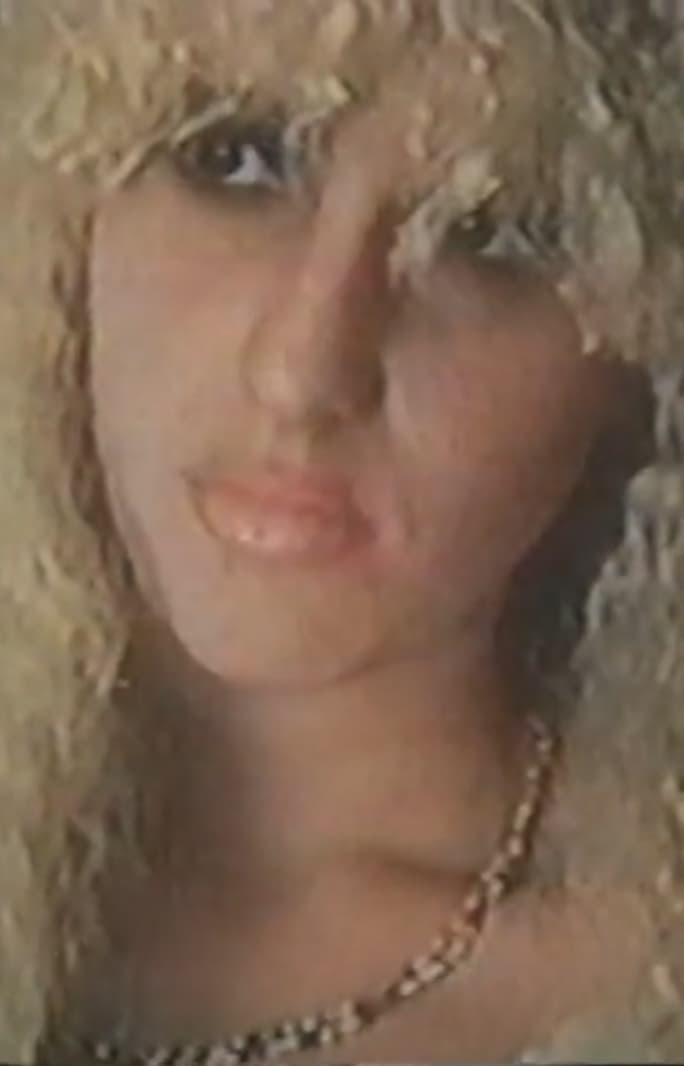

A woman from poor upbringing grows up to be the leader of a group of extremely rugged individuals.
The narration and intertitles describe the ultimate teenage fantasy road-trip: a female version of Bonnie and Clyde in love, in trouble, and unstoppable. With dreams of freedom, a life of crime, and the glamour of Hollywood, the film depicts the ultimate wish list of the lesbian bad girl whose life is not only constrained by school and parents, but also by the fear of a world that cannot tolerate her difference.

In NORTH ON EVERS James Benning takes the road movie seriously, making his circular trip across the U.S. a marvelously photographed, intensely felt, and disturbing portrait of contemporary America. In many ways, this recent film is a departure of Benning’s earlier films which are characterized, at times, by extremely long, carefully planned takes and a minimal narrative approach. In NORTH ON EVERS, the shots are kept short with a narrative that is direct and detailed, like a diary or a long series of postcards to a friend. What this work shares with the other films is a dry wit and a deep interest in the American social landscape.
Setting her pixelvision camera on herself and her room, Benning searches for a sense of identity and respect as a woman and a lesbian. Acting alternately as confessor and accuser, the camera captures Benning’s anger and frustration at feeling trapped by social prejudices.
Sadie Benning's first film. A version of the teenage diary, Benning places her feelings of confusion and depression alongside grisly tales of tabloid headlines and brutal events in her neighborhood.
Sadie Benning is an American visual artist, who works in video, painting, drawing, sculpture, photography and sound. Benning explores a variety of themes including surveillance, gender, ambiguity, transgression, play, intimacy, and identity.
By browsing this website, you accept our cookies policy.